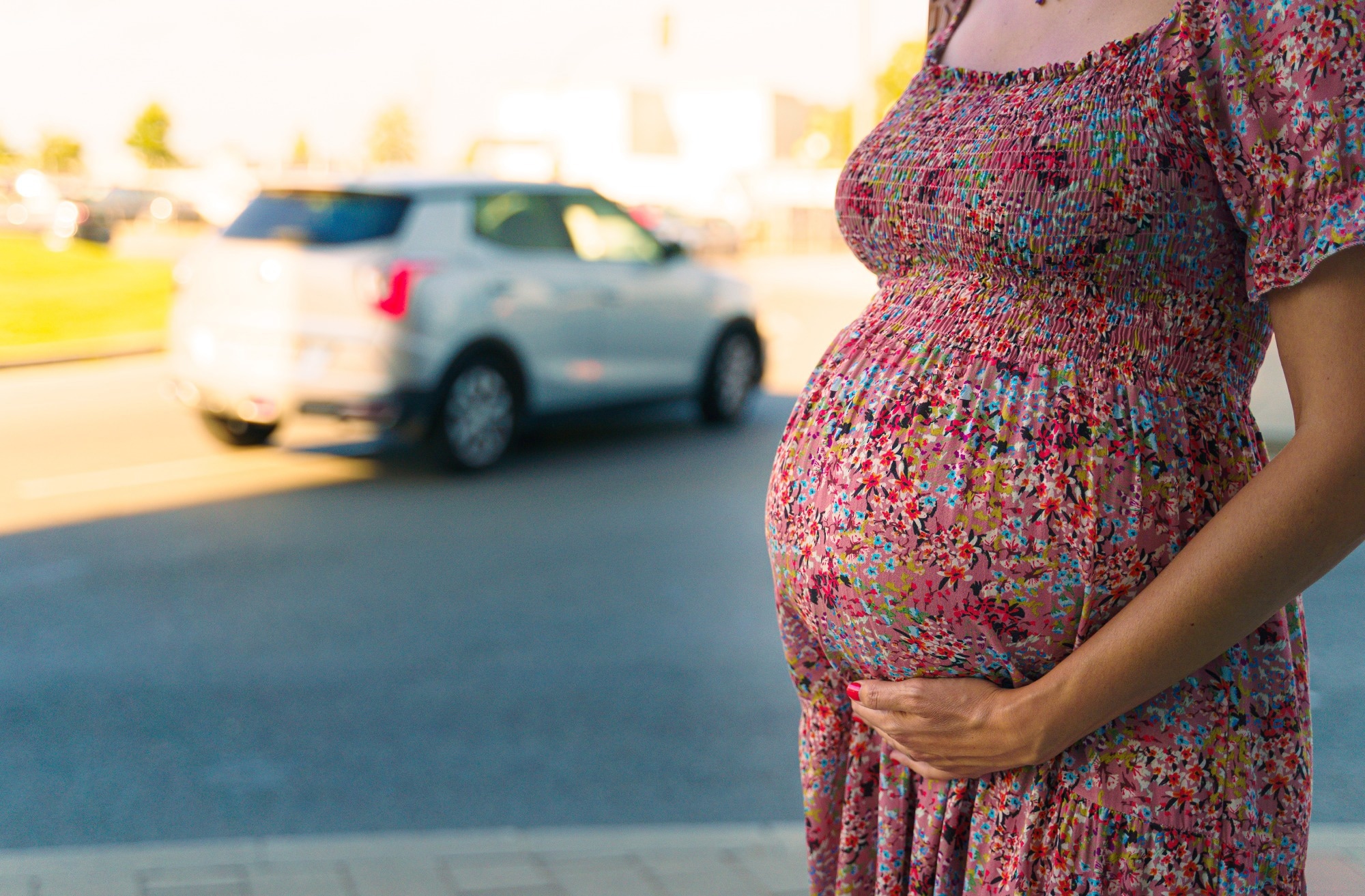In a recent study published in The Lancet Planetary Health, researchers evaluated the relationship between prenatal air pollutant exposure concentrations and changes in placental deoxyribonucleic acid (DNA) methylation (DNAm) and potential susceptibility windows and sex-specific variations.
 Study: Placental DNA methylation signatures of prenatal air pollution exposure and potential effects on birth outcomes: an analysis of three prospective cohorts. Image Credit: Ivan Marc/Shutterstock.com
Study: Placental DNA methylation signatures of prenatal air pollution exposure and potential effects on birth outcomes: an analysis of three prospective cohorts. Image Credit: Ivan Marc/Shutterstock.com
Background
Pregnancy and infancy are especially vulnerable to air pollution, which can result in poor birth and developmental outcomes.
Outdoor air pollution can reduce disability-adjusted life years, but developing exposure to particulate matter raises the risk of neonatal outcomes such as preterm birth and reduced fetal growth.
Studies link childhood cardiometabolic, respiratory, and neurodevelopmental issues to these health impacts. However, there is limited scientific research on the effects of pregnant air pollution on placental epigenomes that govern physiological processes and influence infant development. Genome-wide placental DNA methylation studies are rare since sample numbers are restricted.
About the study
In the present multi-site study, researchers characterized air pollutant-related alterations in placental DNAm.
The researchers analyzed data from three population-based and prospective maternal-infant cohorts: SEPAGES, EDEN, and PELAGIE, originating in France's Poitiers, Nancy, Grenoble, and Brittany regions. Researchers recruited pregnant women for the PELAGIE and EDEN studies from 2003 to 2006 and SEPAGES from 2014 to 2017.
All participants were adults with singleton pregnancies and residing with plans to deliver at maternity clinics within the study regions. They evaluated 1,539 mother-child couples, evaluating placental DNAm, excluding non-French-speaking women.
During and post-pregnancy, midwives or self-administered questionnaires gathered medical and lifestyle information. The team used nitrogen dioxide (NO2), particulate matter of ≤2.5mm diameter (PM2.5), and PM10 as proxies for traffic-related air pollutants, applying spatiotemporal models at mothers' homes to predict their exposures during each pregnancy trimester.
The researchers estimated PM2.5 and PM10 levels by combining data from aerosol optical depth, meteorological, vegetation, and other predictors.
They calculated NO2 exposure at a 4.0 km resolution using the Institut National de l'Environnement Industriel et des Risques model based on the Chemistry Transport CHIMERE model.
The team performed pooled epigenome-level association studies and EPIC arrays to detect differentially methylated regions (DMR) with 5'-C-phosphate-G-3' (CpG), including sex-linked and sex-specific alterations. They confirmed the findings by the Infinium DNAm arrays (n= 668).
They used linear regression modeling to analyze the data, controlling for maternal age, infant gender, pre-gravid body mass index, maternal educational attainment at delivery, maternal smoking during pregnancy, and the city of the recruiting center.
Researchers investigated the effects of pregnant air pollution on DNAm alterations throughout fetal development. They determined fetal growth indices such as gestational age, birth length, head circumference, and birth weight.
They also used hypergeometric tests to look for CpG enrichment in genomic regions and CpG islands. They also investigated the biological activities of differentially methylated sites by searching enriched pathways in the Kyoto Encyclopedia of Genes and Genomes (KEGG) and the Reactome databases. They also investigated enhanced health outcomes and phenotypes among informative CpGs.
Results
The team detected four CpGs in 28 areas linked to pregnant air pollution exposure among study participants, 150 CpGs across 66 regions among female newborns, and 469 CpGs across 87 regions among their male counterparts.
They verified 35% of all accessible CpGs. Among the detected CpGs, >30% were associated with at least one birth outcome, with the most statistically significant alterations indicating enrichment for immunology, brain development, and metabolic pathways.
The researchers observed most relationships in the final trimester for females (134 CpGs), over the entire pregnancy period (281 CpGs), and in the initial trimester for male newborns (237 CpGs).
Differentially methylated genes related to fetal development identified included GTP-binding protein Di-Ras3 (DIRAS3), Forkhead Box G1(FOXG1), thioredoxin domain containing 15 (TXNDC15), orthodenticle homeobox 1 (OTX1), guided entry of tail-anchored proteins factor 1 (GET1), gamma-glutamyltransferase 6 (GGT6), coiled-coil domain containing 62 (CCDC62), complex death-associated protein 6 (DAXX), Zinc Finger Protein 563 (ZNF563), Lipase maturation factor 1 (LMF1), aarF domain containing kinase 5 (ADCK5), and BH3 interacting-domain death agonist (BID).
The median exposure was 20 μg/m³ of NO2, 18 μg/m³ of PM10, and 12 μg/m³ of PM2.5. Stratifying studies by child sex, 650 CpG sites were identified, of which 92 were specific to female newborns, 196 were specific to male infants, and 362 were consistent across both sexes. NO2 showed the most robust relationship with CpG sites.
Conclusion
The study showed sexually dimorphic associations between pregnancy air pollution exposure and placental DNAm alterations, showing that prenatal air pollution exposure might modify epigenetic pathways, possibly impacting fetal growth and neurodevelopment.
Female newborns were primarily vulnerable in the third trimester. In contrast, the team observed male sensitivity to air pollutants during the initial trimester and throughout the pregnancy. Further research could assess the persistence of epigenetic alterations throughout life.